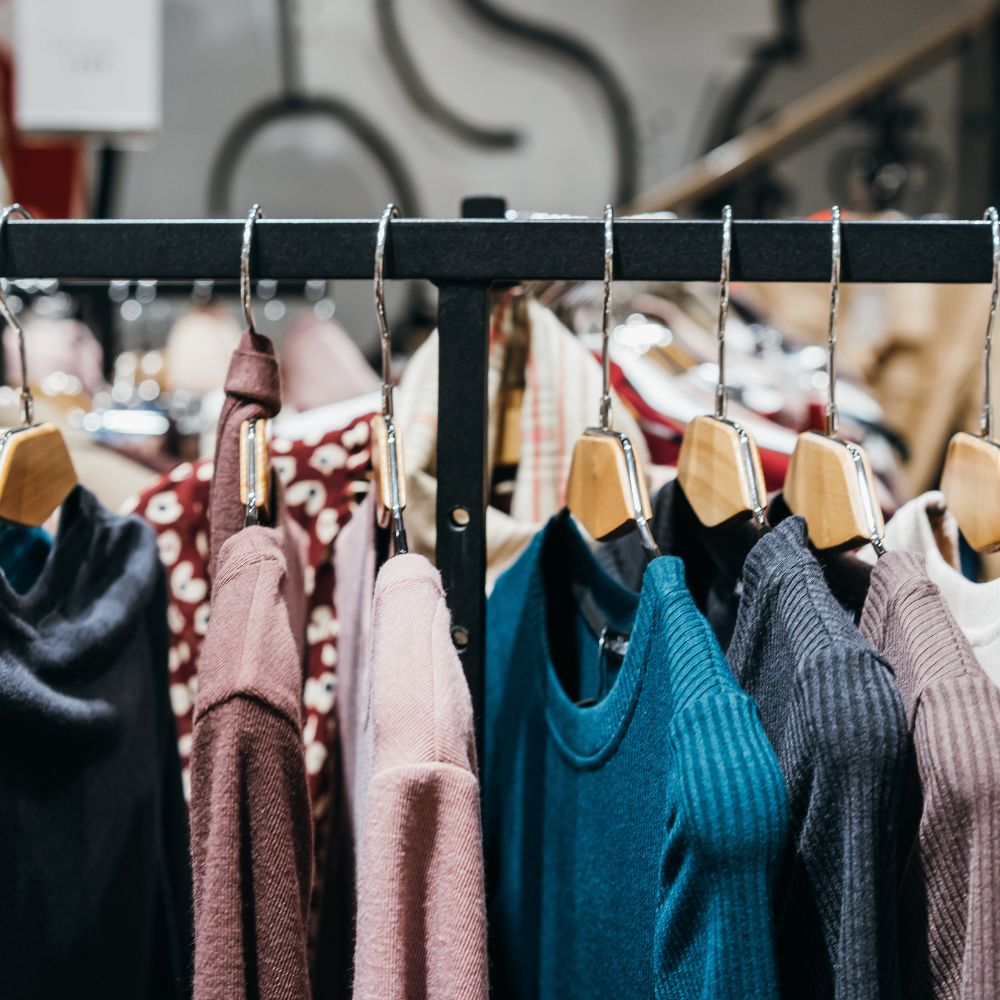Latest Key Developments in the Fabric Conditioner Market: Growth, Trends, and Innovations Driving Demand in 2024
The global fabric conditioner market is undergoing transformative growth due to shifting consumer preferences, technological advances, and evolving sustainability practices. This expansion is driven by increasing consumer awareness around fabric care and a growing inclination toward products that enhance the longevity and appearance of textiles. With an expected compound annual growth rate (CAGR) of approximately 3.9% from 2024 to 2029, the industry is adapting swiftly to meet the demands of an environmentally conscious and convenience-focused customer base.
Key Market Drivers Shaping Growth
- Rise in Premium Product Demand
An increasing consumer willingness to spend on premium fabric care products is a critical growth factor, particularly in developing economies. As disposable incomes rise, more consumers are seeking out specialized conditioners that offer fabric softening, freshness, and long-lasting fragrance, especially in countries such as China and India. This trend aligns with the surge in washing machine purchases, which has spurred interest in liquid fabric softeners that complement these appliances for optimal performance. - Eco-Friendly and Natural Ingredients on the Rise
As consumers become more environmentally aware, there’s heightened demand for fabric conditioners free from harmful chemicals. Conventional chemical-based conditioners are associated with environmental contamination, and some studies suggest potential health concerns from prolonged use. As a result, manufacturers are innovating with plant-based, biodegradable ingredients that reduce water pollution and align with eco-friendly consumer values. For instance, bio-based fabric conditioners from companies like Devan show how the market is pivoting towards sustainable options - Technological Advances and Product Innovation
Manufacturers are increasingly focusing on product innovations that meet modern consumer needs. Procter & Gamble, for example, introduced “Outdoorable” conditioners featuring Solar Dry technology, catering to consumers seeking natural and convenient drying solutions. This type of innovation is not just limited to formulation; it also extends to packaging, with companies prioritizing recyclability and reduced plastic use to appeal to eco-conscious buyers. Moreover, the use of high-quality fragrances and fast-drying agents in conditioners aligns with lifestyle changes, particularly among urban populations
Leading Segments and Opportunities in the Fabric Conditioner Market
Market Segmentation by Product Type
The fabric conditioner market segments broadly into liquid softeners and drying sheets, with liquid conditioners dominating due to their effectiveness and compatibility with modern washing machines. Liquid fabric conditioners offer deeper fabric penetration, a quality that appeals to both residential and commercial users in sectors like hospitality and laundry services, where maintaining fabric softness and cleanliness is crucial.
Application by End-User Industry
The hospitality industry is expected to witness substantial growth in fabric conditioner usage due to its stringent requirements for clean and soft fabrics, which impact customer satisfaction. The expansion of the textile industry also fuels demand, as fabric conditioners help maintain the quality of fabrics through multiple washes. Residential demand continues to grow as well, with consumers increasingly aware of the benefits of fabric conditioners for home laundry use
Regional Trends in the Fabric Conditioner Market
Asia-Pacific
Asia-Pacific holds a dominant market share in the global fabric conditioner market, driven by urbanization, rising disposable income, and the adoption of household appliances like washing machines. Local companies, such as India’s Jyothi Laboratories Ltd., actively compete with international giants like Procter & Gamble by offering products that cater specifically to regional needs. Additionally, e-commerce growth in the region is propelling sales, as consumers benefit from a broad product selection and ease of comparison
North America
The North American market is experiencing steady growth as fabric conditioners become a staple for time-conscious consumers. Leading companies like Procter & Gamble leverage popular brands such as Bounce and Downy, which hold significant market shares in the U.S. and Canada. The convenience provided by fabric conditioners, which reduce ironing and enhance fabric care, has made them appealing to North American households. Specialty stores and e-commerce also play a vital role in North American consumer behavior, catering to those seeking specialty and organic fabric softeners
Innovations and Strategic Moves Among Key Players
Several prominent players are shaping the competitive landscape of the fabric conditioner market. Brands like Unilever, Colgate-Palmolive, and Henkel continuously explore ways to enhance product effectiveness, sustainability, and consumer appeal. Recent product launches, such as Unilever’s Comfort Pure for sensitive skin, illustrate the industry’s responsiveness to specific consumer segments, including those with delicate skin needs. The introduction of organic fabric conditioners and expansion into untapped markets highlight the strategic direction many companies are pursuing to sustain growth in this evolving market
Challenges and Considerations for Future Market Development
Despite the promising growth trajectory, the fabric conditioner market faces notable challenges:
- Health Concerns with Chemical Softeners: Traditional fabric conditioners contain chemicals that can trigger allergies and respiratory issues, which has fueled demand for safer, plant-based alternatives. Manufacturers must balance performance with health considerations, especially as consumer awareness rises.
- Fluctuating Raw Material Costs: The industry also grapples with fluctuations in the cost of raw materials, which can impact profitability. Companies are responding by diversifying their supply chains and investing in more sustainable production processes.
- Environmental Impact: Although eco-friendly formulations are on the rise, there’s a continuous challenge to reduce the environmental impact of manufacturing and packaging. This demand has sparked interest in product formulations that utilize natural, non-toxic ingredients, though it also requires companies to invest in research and development, often at a premium.
Future Outlook and Growth Opportunities
Looking forward, the fabric conditioner market shows promising opportunities for continued innovation and expansion:
- Organic and Specialty Products: There’s a clear upward trend in the demand for organic and specialty fabric conditioners, particularly in mature markets such as North America and Europe. This trend aligns with the growing appeal of sustainable, high-quality consumer products.
- Focus on Emerging Markets: Emerging economies in Asia, Africa, and Latin America are anticipated to play a key role in market growth, driven by urbanization and increased consumer spending on household care products. The demand in these regions for fabric conditioners that address water quality issues presents a unique market opportunity
- Enhanced E-commerce Distribution: As online shopping continues to surge globally, fabric conditioner brands are capitalizing on this trend by strengthening their e-commerce presence. This channel not only improves accessibility but also allows companies to target specific customer preferences more efficiently.
- The fabric conditioner market is set to grow significantly in the coming years. The rising demand for premium, eco-friendly, and specialized products, paired with increased consumer awareness around fabric care, are the main drivers shaping the industry’s future. The success of leading brands will likely depend on their ability to innovate sustainably, cater to regional demands, and adapt to fast-evolving consumer expectations. As such, the industry is not only responding to modern-day laundry care needs but also contributing to broader environmental goals, making fabric conditioners a critical product in both the consumer and industrial spaces.





